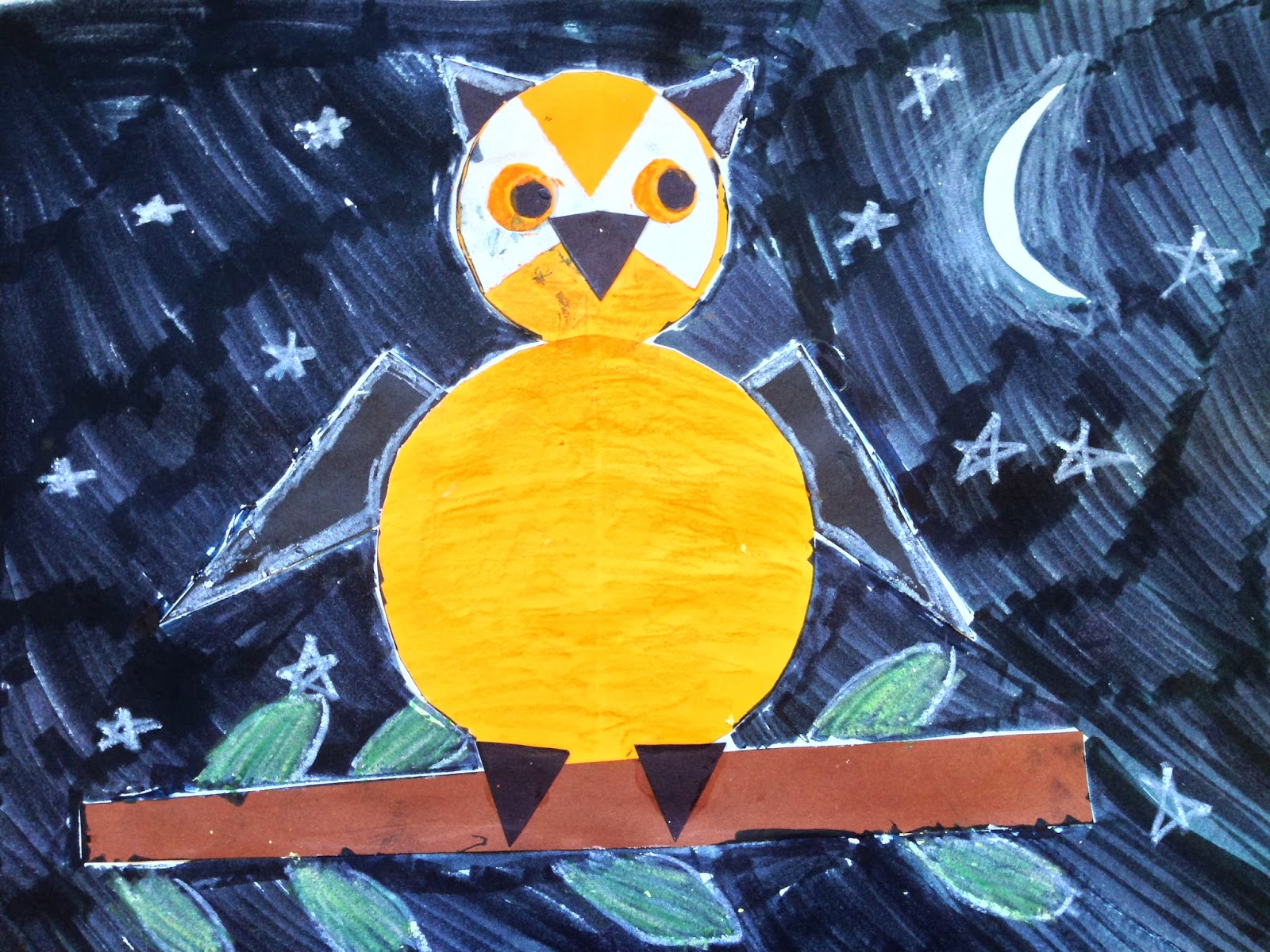In the past I have taught self-portrait drawing and this year I decided to combine an ancient Egyptian Art and self-portriat project. This project connected with social studies because the 6th graders do a unit on world cultures in social studies. The 6th graders drew themselves as ancient Egyptians. The first day of the project I began with the question "What are some reasons that we make art in the present day?" The students brainstormed some ideas and I got answers such as "...for entertainment," "to make money," "to express yourself," "for decorative purposes." I explained that the ancient Egyptians made art for different reasons than artists do today. There may be some similarities, however, much of the ancient Egyptian art that we study today was made for religious purposes. We talked about the ancient Egyptians' belief in an afterlife, the importance of mummification and the paintings on the sarcophagus and the tomb walls. We looked at some images of ancient Egyptian art from the Cincinnati Art Museum. The students were amazed to find out that there is a REAL mummy there! I showed them a picture of it and they were in disbelief that there was a real person inside. We talked about mummy masks and how they were like a portrait of the person inside the wrappings, sometimes even a glorified portrait. We talked about some of the symbols used in ancient Egyptian art and what they meant, including the beard symbol for a Pharoah. The students watched an episode of Reading Rainbow that featured the book "Mummies Made in Egypt," a book that explains how mummies were made.



 On the next day of the project the students began drawing self-portraits. Each student used a mirror and I directed the class with steps for drawing the head and facial features. I explained that I would be showing them how to draw general shapes of eyes, a nose and a mouth but they were to look at their own faces to see what distinct shapes their facial features had. I gave the option of drawing natural looking eyes or "Egyptian eyes" and I demonstrated both.
On the next day of the project the students began drawing self-portraits. Each student used a mirror and I directed the class with steps for drawing the head and facial features. I explained that I would be showing them how to draw general shapes of eyes, a nose and a mouth but they were to look at their own faces to see what distinct shapes their facial features had. I gave the option of drawing natural looking eyes or "Egyptian eyes" and I demonstrated both. We did not draw hair because in place of that we drew an Egyptian head dress. I made five different simplified line drawings of head dress types that I drew from actual photographs so the students could see how to break down the steps to draw them. I invited the students to use these if they needed an idea to get started and then they were to add their own designs. One requirement was that they had to draw patterns in the design of the head dress.
After the portraits were complete the students outlined all pencil lines in Sharpie marker. I provided thick and thin markers. The students used colored pencils to color their self-portraits and I gave a demonstration on using colored pencils. I instructed the students to begin coloring lightly. Colored pencils are made of wax and pressing down hard when coloring coats the paper with wax so much that if you try to layer another color on top of the first color the paper is no longer able to take any more color because the surface has been burnished. Coloring with a light pressure allows you to later blend more color in layers. There were two options for coloring skin color. The students could color their face with an abstract color, for example, green or purple, or they could choose a natural skin tone. I demonstrated how to use orange to create a peach skin tone: use orange very lightly. Brown can also be blended with the orange if the student chooses or students could use brown only. One requirement for coloring the face was to show value on the sides of the nose and the sides of the face so it looked three dimensional and not flat.
I think that the combination of self-portraits and ancient Egyptian art was a good match!























